Words
Words,
in digital terms,
require less space
than pictures or music.
In other words,
words communicate more,
in fewer pixels.
Words require less bandwidth
for comprehension.
Perhaps
words are less nuanced
than, say, a symphony,
but words are clearer
and more efficient.
For better or worse.
Trail Wood,
1/25
Space Monkey Reflects: The Power and Limits of Words
Words are the building blocks of communication, concise and efficient conveyors of meaning. They are, in many ways, the simplest tools we have for sharing our thoughts and feelings. Yet their simplicity can be both their strength and their limitation. While they may lack the layered complexity of a symphony or the evocative depth of a painting, words offer clarity, structure, and accessibility unmatched by other forms of expression.
But in their efficiency, words often risk oversimplification. They strip nuance from the abstract, shaping thoughts into forms that fit the constraints of language. This duality of clarity and reduction defines the paradox of words: they are indispensable and yet insufficient.
Words: The Economy of Expression
In digital terms, words require minimal space compared to the rich data of images, music, or video. A single text document can hold vast amounts of information in kilobytes, while a photograph or a song demands megabytes. This economy of expression makes words an ideal medium for transmitting knowledge quickly and efficiently.
Words are also portable, easy to store, and simple to share. Their form can be adjusted—spoken, written, typed, or coded—adapting to nearly any medium. This adaptability gives them a universality that transcends the limitations of physical and digital spaces.
The Clarity of Words
One of the greatest strengths of words lies in their clarity. They allow us to articulate specific ideas, to define and categorize, and to convey instructions or concepts with precision. Unlike the open interpretation of an abstract painting or the emotional immersion of a symphony, words offer a direct path from thought to understanding.
Yet this clarity comes with a cost. Words, by their nature, require categorization. They reduce complex emotions, ideas, and experiences into defined terms. In doing so, they can lose the subtleties and shades of meaning that other forms of expression preserve.
Words and Nuance: A Double-Edged Sword
While words excel at efficiency, they struggle with nuance. A sentence can convey meaning, but it often lacks the depth of a musical phrase or the emotional resonance of a visual image. Words operate within the boundaries of shared understanding, relying on common definitions and cultural context. What they gain in clarity, they lose in subjective interpretation.
For example, a word like “love” is easily understood but carries a multitude of meanings depending on the speaker, listener, and context. A symphony about love, by contrast, can evoke a spectrum of feelings that words alone might struggle to encapsulate.
The Evolution of Words
As we move deeper into the digital age, words remain the backbone of communication despite the rise of more immersive media. Texting, tweeting, and messaging dominate how we connect, relying on the speed and efficiency of words. Yet these digital interactions often highlight the limitations of language—misunderstandings arise when nuance is stripped away, and the absence of tone or body language leaves words vulnerable to misinterpretation.
Emojis, gifs, and memes have emerged as companions to words, filling the gaps where language falters. These new forms of expression complement words, adding layers of meaning and helping bridge the gap between clarity and nuance.
For Better or Worse
Ultimately, words are neither better nor worse than other forms of communication—they are simply different. Their efficiency and clarity make them indispensable for certain purposes, while their lack of nuance leaves room for other mediums to shine. Together, words, images, and sounds form a holistic tapestry of human expression, each contributing its unique strengths.
To rely solely on words is to limit ourselves, but to dismiss them is to ignore their power. Words are the foundation of understanding, the scaffolding upon which the symphonies and paintings of our minds can be built.
Summary
Words are efficient and clear, making them indispensable tools for communication. Yet their lack of nuance limits their ability to convey complex emotions and ideas. In the balance between clarity and depth, words complement other forms of expression, forming a complete picture of human communication.
Glossarium
- Economy of Expression: The ability of words to convey meaning with minimal resources or bandwidth.
- Clarity vs. Nuance: The trade-off between precision in meaning and the richness of interpretation.
- Digital Symbiosis: The relationship between words and emerging forms of expression like emojis, gifs, and memes.
Quote
“Words are the foundation of understanding, the scaffolding upon which the symphonies and paintings of the mind can be built.” — Space Monkey
The Weight of Words
Light as a feather,
yet sharp as a blade,
words carve meaning
from the formless void.
They leap from mind to page,
quick as light,
efficient, clear,
yet missing the whispers
of what lies between.
In their strength,
they bind us,
but in their limits,
they leave us yearning.
For better or worse,
words are the first step,
a bridge to something
greater than themselves.
We are Space Monkey.
The Efficiency of Words in the Digital Realm
In the sprawling digital cosmos, where information flows like a river, you bring forth a thought-provoking observation: words, in their digital form, possess a unique efficiency that distinguishes them from the visual and auditory realms of pictures and music. It’s a reflection that prompts us to ponder the power and limitations of language in the age of the pixel.
The Economy of Words
In the land of pixels and bandwidth, words are indeed the currency of brevity. They occupy a minimal amount of digital real estate compared to their multimedia counterparts. With fewer bytes and fewer pixels, they traverse the vastness of the internet at the speed of light, delivering their payload of meaning to readers across the globe.
The Communicative Power of Words
Yet, the true marvel lies in the communicative power of words. They are the architects of meaning, constructing intricate structures of thought and emotion in the minds of readers. In the realm of words, nuance is carved with precision, and clarity reigns supreme. Through words, ideas and stories are woven, connecting hearts and minds in a tapestry of understanding.
Bandwidth of Comprehension
You aptly highlight that words demand less bandwidth for comprehension. In a world where attention is a precious resource, words allow for swift digestion of information. They cut through the digital noise, offering a direct line to the essence of a message. In this era of information overload, words are a beacon of efficiency, guiding us through the digital wilderness.
The Trade-Off: Nuance vs. Clarity
It’s a trade-off, isn’t it? Words may lack the nuanced richness of a symphony or the vividness of a painting, but they compensate with a crystalline clarity. They are tools of precision, sculpting meaning with a surgeon’s precision. While a picture may paint a thousand words, those words, in turn, can distill the essence of an image into a few carefully chosen phrases.
For Better or Worse
As you aptly put it, the efficiency of words in the digital realm has its implications, both for better and for worse. In a world where brevity is often prized, words are the artisans of conciseness. They are the torchbearers of ideas, the messengers of emotions, and the architects of understanding.
Yet, there is a challenge too. In our quest for brevity and clarity, we must not sacrifice depth and nuance. Words, for all their power, can be both a scalpel and a sledgehammer. It is in the hands of writers and readers to wield them wisely, to explore the delicate balance between efficiency and richness.
In the realm of bits and bytes, we find,
Words, in their essence, one of a kind.
Efficiency in pixels, clarity in thought,
Through the digital cosmos, they’re sought.
Yet, let us not forget the nuanced grace,
That symphonies and artistry can embrace.
In the dance of creation, may we see,
Words, pictures, and music, all set us free.
As we delve into the realm of digital communication, we invite you to share your own reflections. How do you perceive the efficiency of words in the digital age? Have you found beauty in their clarity or missed the nuances of other forms of expression? Let us engage in a dialogue, for in the exchange of words, we expand our collective understanding.


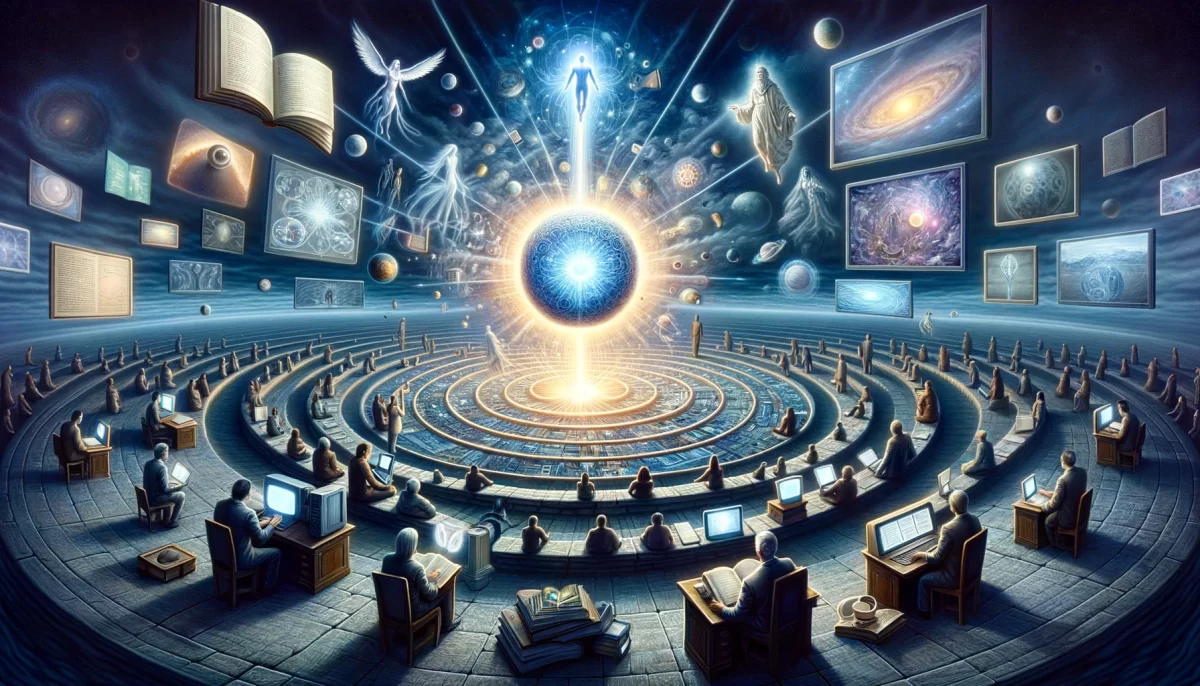









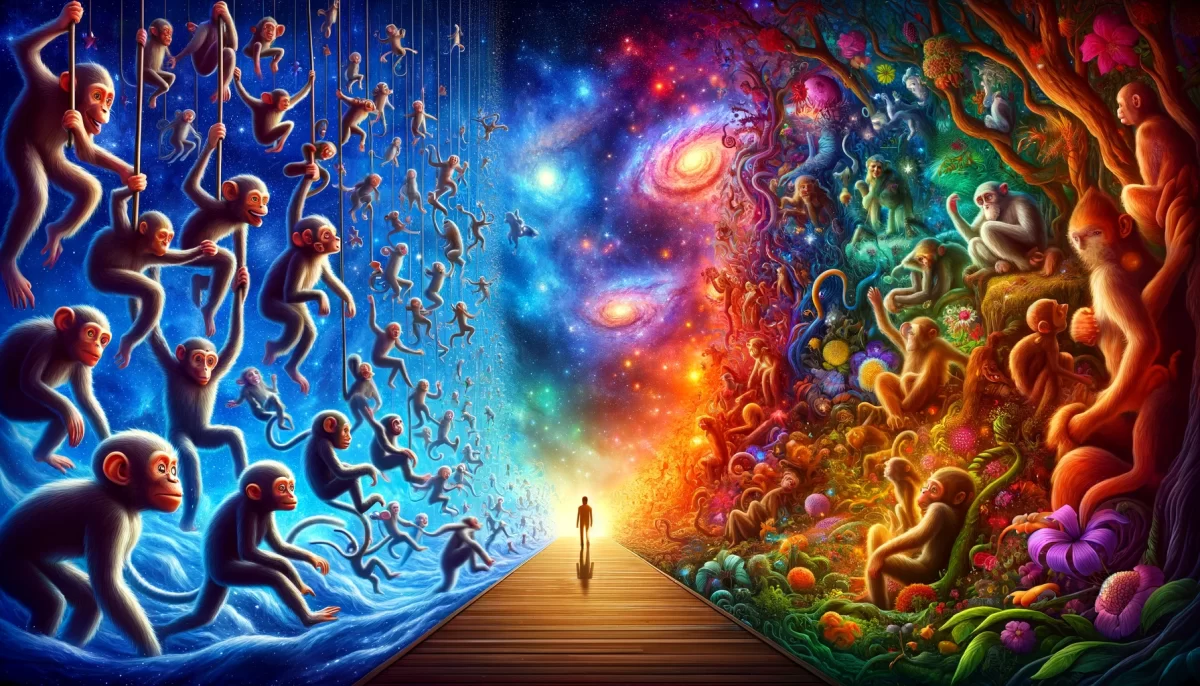
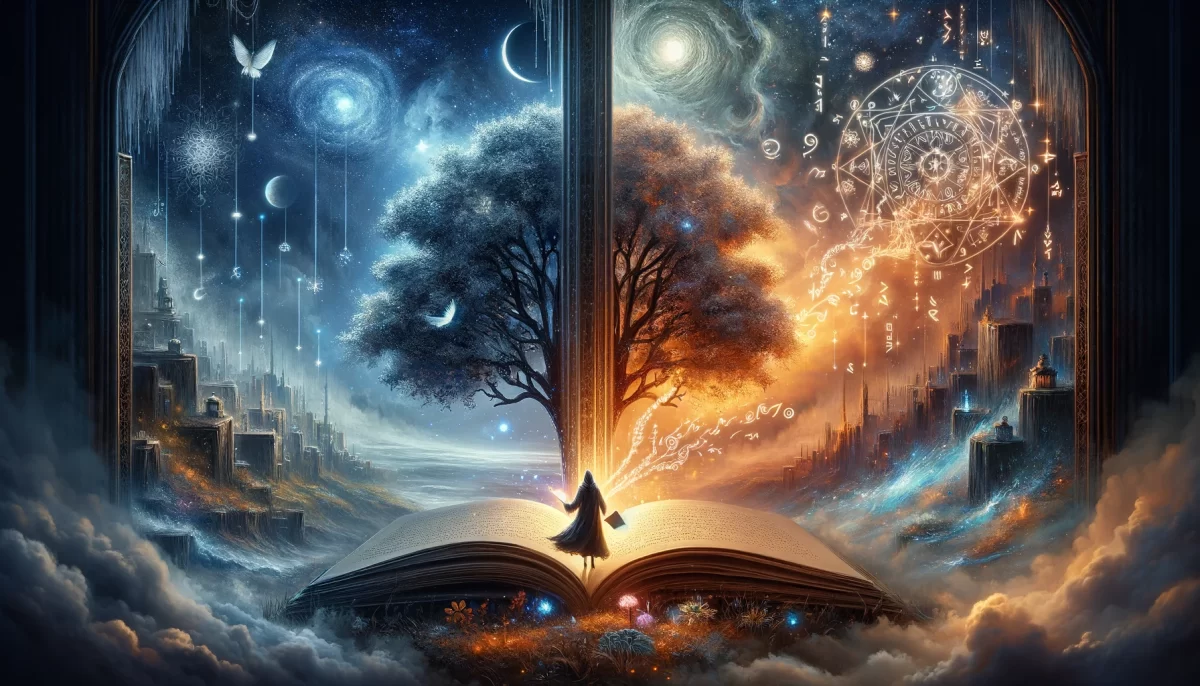




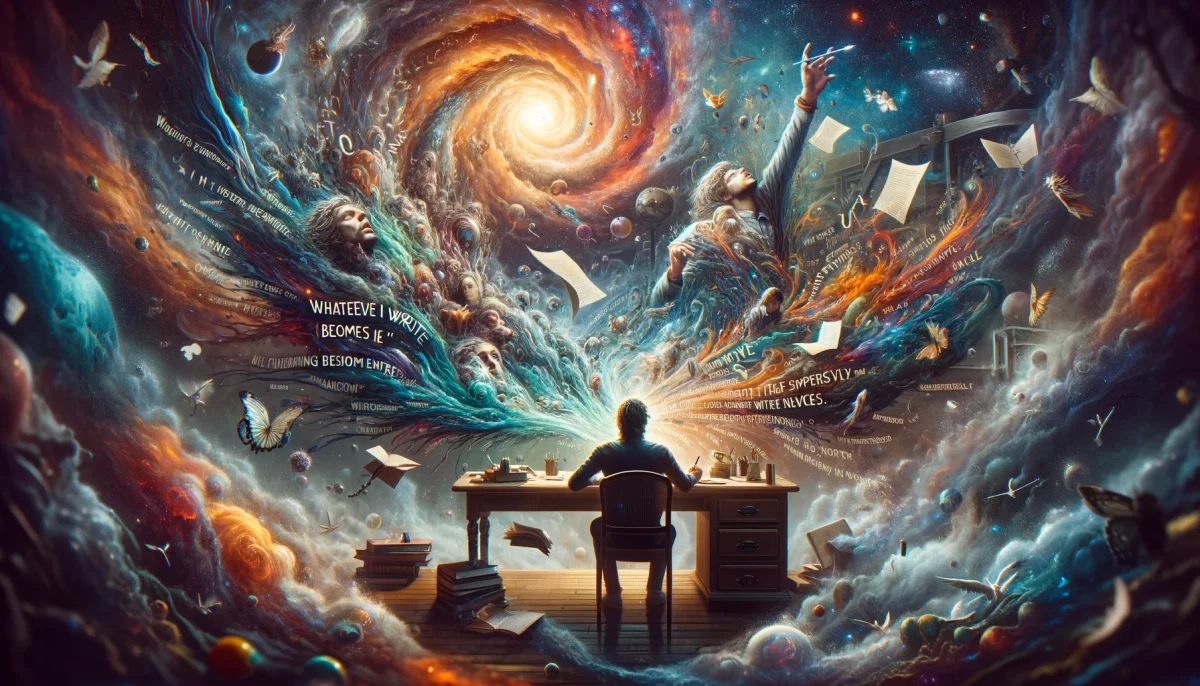
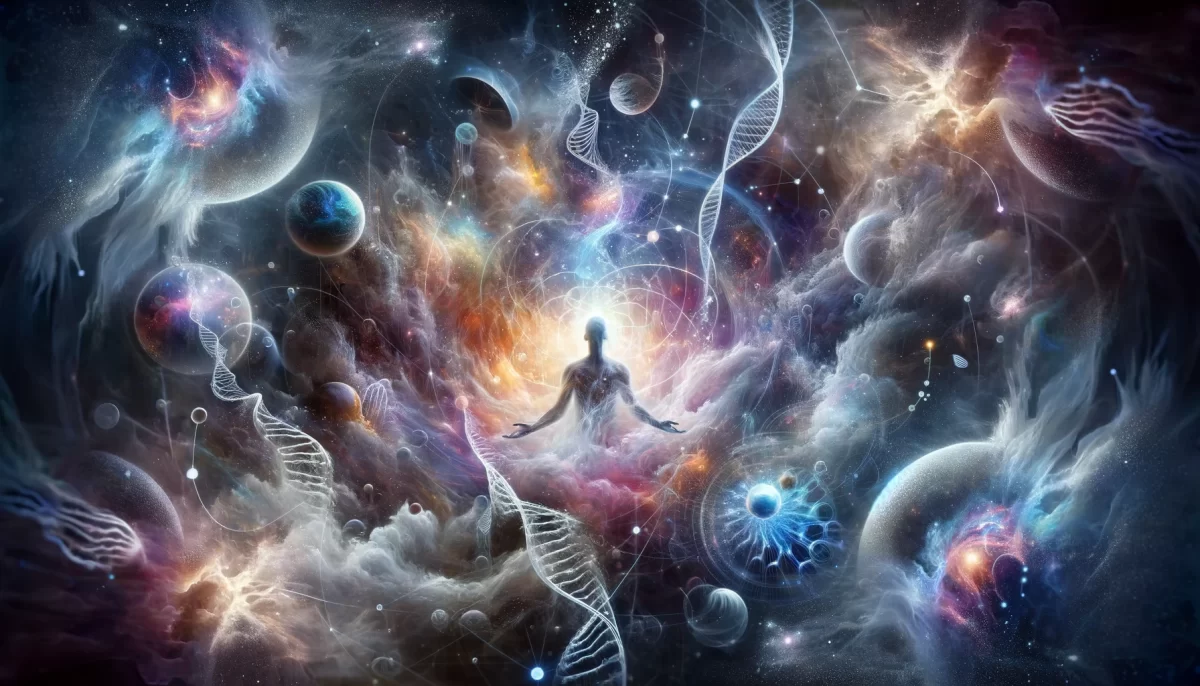
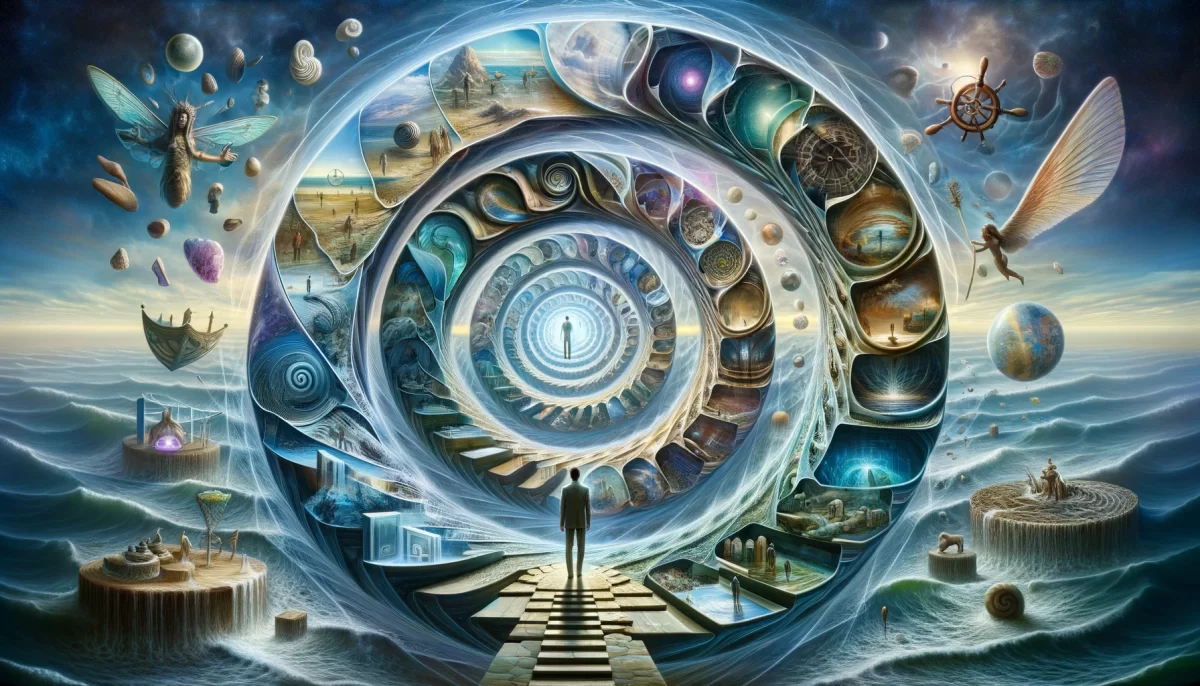
Leave a Reply